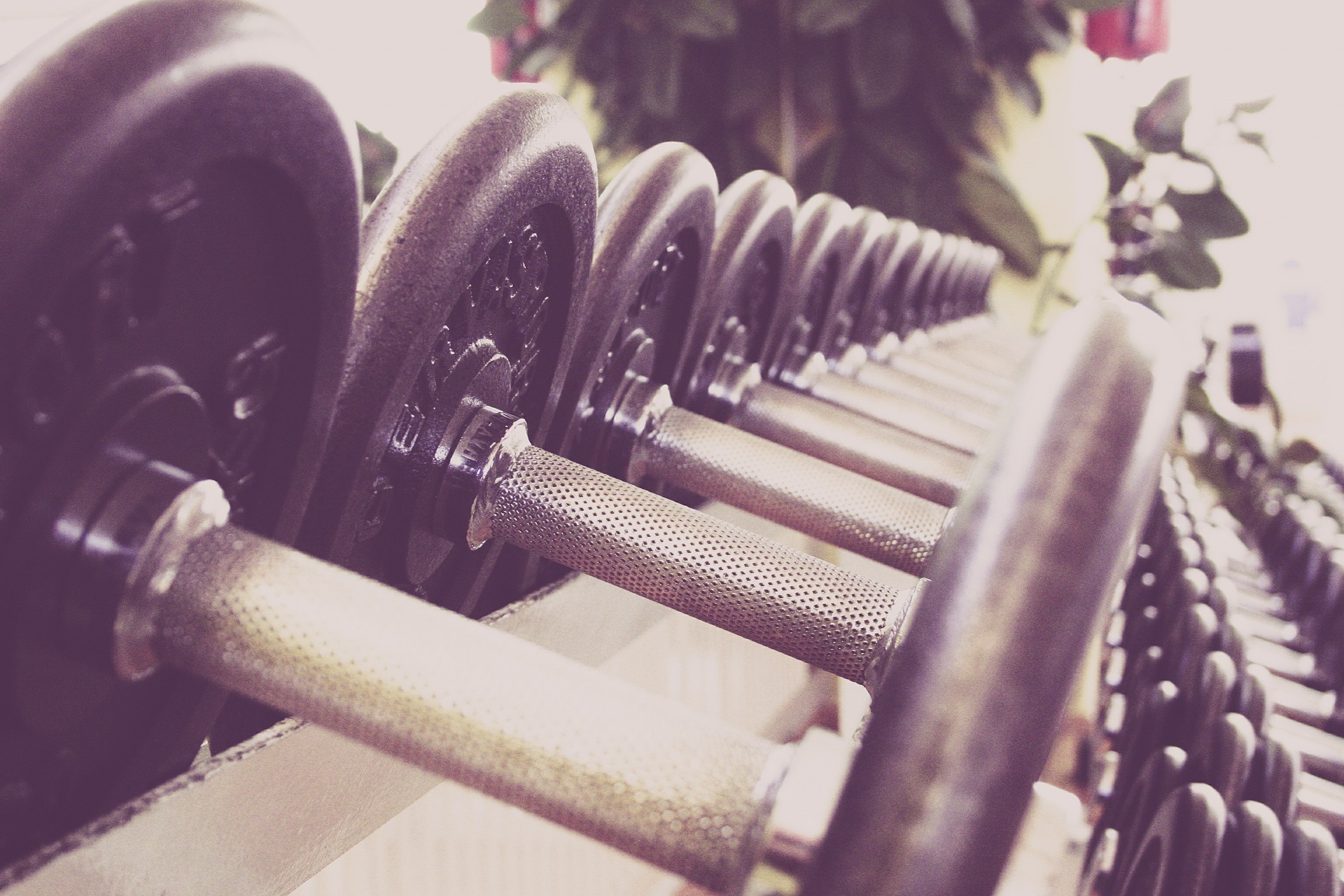“Want to burn fat?” Whenever people hear those words, they think of long periods of cardiovascular exercise (cardio). However, for many people, they dread this style of exercise because it is very time-consuming and can get boring because of the repetitive motions often associated with cardio. If you are looking to burn fat while minimizing your time in the gym, I have good news for you! There is a form of exercise called high-intensity interval training (HIIT) that allows you to burn fat in much less time than traditional forms of cardio.
Let’s start with the basics. What is high-intensity interval training? HIIT “involves short intervals of maximum intensity exercise separated by longer intervals of low to moderate intensity exercise.” Simply put, you are working really hard for a short period of time and then moderately hard for a longer period. This is typically done through intense weightlifting, but it can also be done through strenuous sprints or other forms of exercise.
Image Source: John Fedele
What is interesting about high-intensity training is that it keeps burning fat for you even after you leave the gym! This occurs because during HIIT, you essentially put your muscles into an oxygen debt that they never get to regain during the workout. Therefore, after leaving the gym, your body is still working hard to regain all the oxygen it has lost. The result: your metabolism kicks into overdrive, burning fat in the process. And best of all? You spend less time in the gym because your sets consist of more work and less rest time, allowing you to consolidate your time and make time for other things.
Furthermore, HIIT provides some benefits that cardio does not:
- It works out both your anaerobic and aerobic systems
- It increases the number of calories you burn both during and after your workout
- It limits muscle loss while maximizing fat loss, a common problem for weightlifters who are trying to cut after bulking but end up losing a lot of muscle along with fat when doing steady-state cardio
While all this sounds great, there is one warning I would like to give, and that is the possibility of overtraining when doing HIIT. Therefore, you should try to space out your HIIT workouts and not do them back to back, because your body needs at least 48 hours to recover from HIIT. For more information about overtraining, you can read my previous article here.
All this has probably made you excited to start HIIT, but you have no idea where to start. Regardless of your level, these workouts are best when you have never done HIIT before. You can incorporate these into your regular exercise regimen, but be careful not to overdo it. Above all, remember that while the gym is about improving your fitness levels, make sure to enjoy the journey it takes to get there!
Feature Image Source: markusspiske










